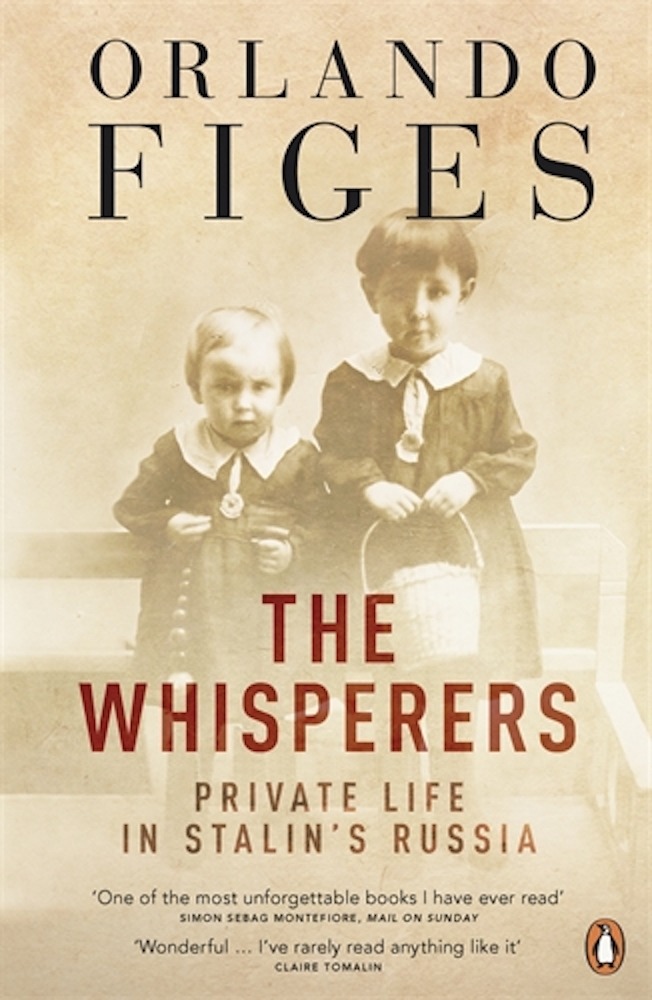
Stalin’s children
Stalin’s children
Tens of millions died in Stalin’s famines, purges and camps. Most Soviet citizens somehow survived. Here are some of their stories
The Economist | Oct 18th 2007
ONE of Russia’s most popular television shows is “Wait For Me”, a true-life tear-jerker that finds and reunites separated couples and families. Sometimes the stories it tells are run-of-the-mill melodramas that could have happened anywhere. But often they are tragically Russian, combining huge distances, lavish and indiscriminate cruelty and impenetrable bureaucracy: siblings separated 70 years ago when their parents were executed; lovers who lost one another in prison camps.
“Wait For Me” takes its name from the most famous Russian poem from the Soviet Union’s war with Germany. Konstantin Simonov, its author, was part of the first generation to grow up with the Soviet system’s mock classroom trials, playground games of “search and requisition”, and the “cult of struggle” inherited from the civil war. His aristocratic family was wrecked by the revolution; but like many children of undesirables, he disguised his background, transmuting the values he inherited into devout Stalinism.
Simonov wrote admiringly of the redemptive power of slave labour and the White Sea Canal, one of the gigantic Stalinist infrastructure projects built on the skeletons of prisoners. But it was “Wait for Me” that brought him fame, a dacha, foreign travel and the affections of the actress (herself hiding a tainted biography) to whom the poem had presumptuously been addressed. He copied Stalin’s pipe and moustache, and lent his voice to the dictator’s post-war anti-Semitic purges. The torture and exile of relatives did not dislodge his faith; nor did Stalin’s discombobulating death. Yet Simonov was also a brave war reporter, a generous friend and, eventually, conscience-stricken and remorseful.
His is the most prominent of the hundreds of lives described in “The Whisperers” by Orlando Figes, a professor of history at London University. The aim is to reconstruct “the inner world of ordinary Soviet citizens living under Stalin’s tyranny”: to resuscitate, using letters, diaries and interviews (gathered partly by the heroic human-rights group Memorial) the human beings buried beneath the headline death tolls that dominate understanding of Stalinism, as they do the Holocaust. With his dissimulation and compensating zeal, his accommodations and rationalisations, his mix of motives (careerism, but also fear and genuine belief) and his proximity to the suffering he nevertheless condoned, Simonov provides exemplary answers to the questions that weave through the book. How did people survive Stalinism? And why did they go along with it?
This is an exhausting, even numbing encyclopedia of woe—characters miraculously survive one cataclysm only to perish in the next—made bearable by the compassion its subjects show one another and Mr Figes’s own rigorously compassionate treatment of their compromises. For many readers, the section on the insane campaign against the kulaks (allegedly rich peasants) may be the most enlightening. It concentrates on the Golovin family from Obukhovo, a village renamed when the new serfdom of collectivisation arrived, the church bells taken away to be melted down as peasants ululate. Denounced by a drunk teenager, the Golovins are resettled a continent away in Augean conditions.
Also hitherto underchronicled is the grim struggle for housing in Stalin’s newly overcrowded cities, where people married, stayed together and denounced each other for a few precious square metres of floor. Mr Figes relates the squalor and spying that prevailed in the communalki—communal apartments designed to erode families as well as to economise on space— in which millions of Russians once lived and a few still do.
After deaths from overwork and starvation, there is the plain mass murder of the 1937-38 terror: the sleepless nights spent waiting for the knock on the door; the bags kept by the bed in readiness for arrest. Again, the motives of the informers are mixed: grudges and envy, but also fear and blackmail. “Enemies of the people” confess because of torture or a desire to protect families (often killed or exiled anyway); but also, sometimes, out of a conviction that conniving in their own deaths will help the Party.
Then there is the carnage and heroism of the war and the wartime hopes of a better life, soon extinguished by yet more famine and repressions. Finally, Stalin dies—and, as the poet Anna Akhmatova put it, two Russias confronted each other: “the one that sent these people to the camps and the one that came back”.
There are incredible reunions in this book, achieved through impossible stamina and ingenuity. But there are also homecomings as terrible in their way as exile: parents who finally reclaim children from orphanages, but live out their relationships in stigma and silence, for ever hoarding food and quailing before policemen. Husbands and wives remarry, thinking their spouses are dead. Sometimes those left behind remain true believers; sometimes it is the returnees who still are. Some hide their pasts from families for decades, as the authorities obfuscate and lie to cover up the extent of their crimes.
It is perhaps a failing—though a fitting one—that people sometimes get lost in this book, disconcertingly reappearing after long gaps, just as they reappeared in reality after alienating absences. Some of Mr Figes’s judgments are cursory. But this is a humbling monument to the evil and endurance of Russia’s Soviet past and, implicitly, a guide to its present.
He writes of the “genetic fear” that percolates through generations, and the need to believe in bad rulers because the alternative, believing in nothing, could be worse. “Either they were guilty”, Simonov says of Stalin’s victims, “or it was impossible to understand.” The terror, Mr Figes notes, “tore apart the moral ties that hold together a society.” It is still recovering.
Category: 6 - Reviews